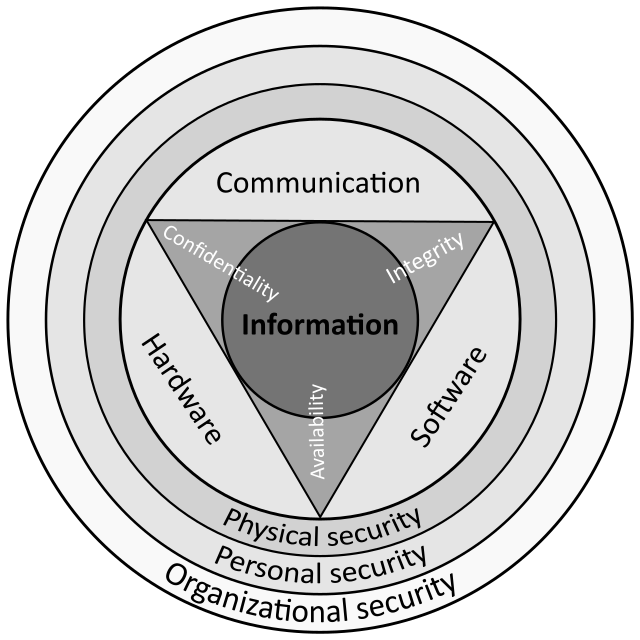
- #ZONEALARM SECURITY UPDATE OCTOBER 2018 DRIVERS#
- #ZONEALARM SECURITY UPDATE OCTOBER 2018 WINDOWS 10#
This should make it nearly impossible for malware to tamper with the code integrity checks and gain access to the Windows kernel. When “Memory Integrity” is enabled, the “code integrity service” in Windows runs inside the hypervisor-protected container created by Core Isolation. This ensures they haven’t been tampered with by malware.
#ZONEALARM SECURITY UPDATE OCTOBER 2018 DRIVERS#
Windows normally requires digital signatures for device drivers and other code that runs in low-level Windows kernel mode. This feature is a subset of Core Isolation.
#ZONEALARM SECURITY UPDATE OCTOBER 2018 WINDOWS 10#
It will be enabled by default on new installations of Windows 10 going forward.

Memory Integrity is disabled by default on PCs that upgraded to the April 2018 Update, but you can enable it. The feature known as “Memory Integrity” in Windows 10’s interface is also known as “Hypervisor protected Code Integrity” (HVCI) in Microsoft’s documentation. RELATED: Everything New in Windows 10's April 2018 Update, Available Now What Is Memory Integrity? This protects important operating system processes from being tampered with by anything running outside the secure area.Įven if malware is running on your PC and knows an exploit that should allow it to crack these Windows processes, the virtualization-based security is an additional layer of protection that will isolate them from attack. Windows can run system processes and security software in this secure area. When these features are enabled, Windows uses hardware virtualization features to create a secure area of system memory that’s isolated from the normal operating system. It also requires your PC supports the Intel VT-x or AMD-V virtualization technology, and that it’s enabled in your PC’s UEFI settings. Some Core Isolation features are enabled by default on Windows 10 PCs that meet certain hardware and firmware requirements, including having a 64-bit CPU and TPM 2.0 chip.


In the original release of Windows 10, virtualization-based security (VBS) features were only available on Enterprise editions of Windows 10 as part of “Device Guard.” With the April 2018 Update, Core Isolation brings some virtualization-based security features to all editions of Windows 10.


 0 kommentar(er)
0 kommentar(er)
